#hatchetfish
Explore tagged Tumblr posts
Text









The deep sea fish mugs are also out of the kiln & I'm really happy with them (well, as always I have some minor tweaks for next time, but overall think they're pretty dang cool)!
I'm continuing to work away at my shop update, tho actual date-choosing is on hold because Canada Post might go on strike, which would require me to figure out alternate shipping options (eek). Here's hoping the approach of the holidays = the postal workers getting what they want to avoid the strike?!
#artblog#pottery#ceramics#handbuiltceramics#ceramicart#handbuilding#handbuilt mug#mug#deep sea fish#fish#oarfish#pelican eel#hatchetfish#chimera#anglerfish
2K notes
·
View notes
Text

Fish boys!!!!
(Is it Buddy and Chase again? Absolutely.)
#Fishuary#Fishuary2025#Fishuary 2025#crocodile icefish#hatchetfish#cinderella boy#cinderella boy webtoon#cinderellaboy#fish
27 notes
·
View notes
Text
Daily fish fact #863
Freshwater hatchetfish!

This family can use their long pectoral fins to briefly leap out of the water, or even glide short distances! They typically do this to catch flying insects or to flee from danger.
31 notes
·
View notes
Note
Hatchetfish? Every time I see them at work I think their so silly

fish 117 - common hatchetfish
77 notes
·
View notes
Text

Abyxxal - the hatchetfish pokemon Type: steel/electric Ability: Galvanize or Sharpness Moves: Thunder Blade (electric | 70 | 100% | physical | high critical hit ratio, affected by Sharpness), Smart Strike, Slash, Night Slash, Aqua Cutter, Double Edge, Axe Kick, Breaking Swipe, Swords Dance, Thunder Wave, Wild Charge, Aerial Ace
It hunts by first stunning its prey with a jolt of electricity, then swinging its sharpened thorax at them. The electric current running through its body ensures every cut is free of microbes, so it can safely perform emergency amputations if the need arises.
I made this for fakemon-universe's 4th prompt. I cherrypicked this one quite a bit, only taking inspiration from the habitat, the random word, and part of the typing. I tried to experiment with different line weights this time - it's a bit more work but I think it's worth it!
17 notes
·
View notes
Text


What they doin?
#fish#marbled hatchet fish#hatchetfish#scrungly#whats he doing? why is he looking at me like that????
2 notes
·
View notes
Text

Adding this iPhone sized baby Giant Deep Sea Isopod from the aquarium, just a little creature…so pettable
Just some underloved and overlooked deep sea creatures 💙
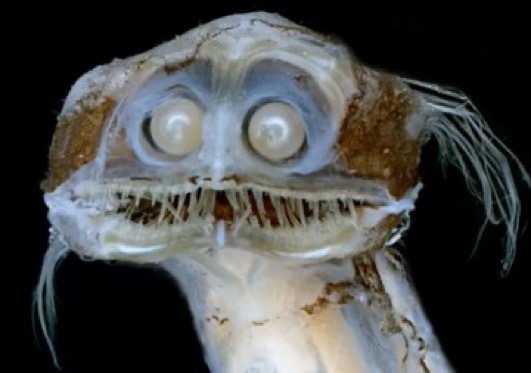
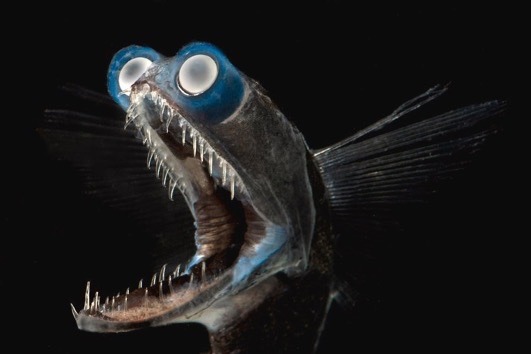
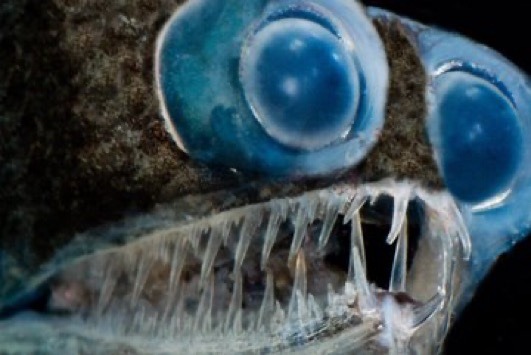

🌊 First up is this deranged muppet - The Deep Sea Telescopefish
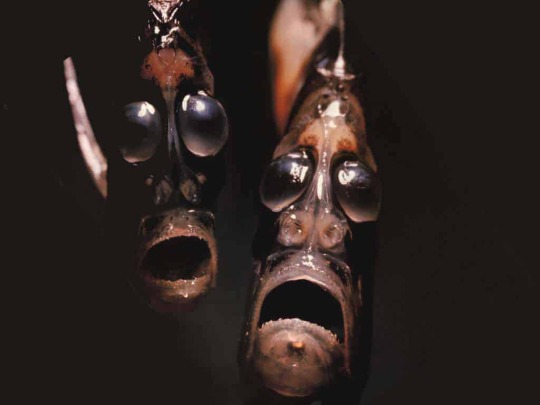
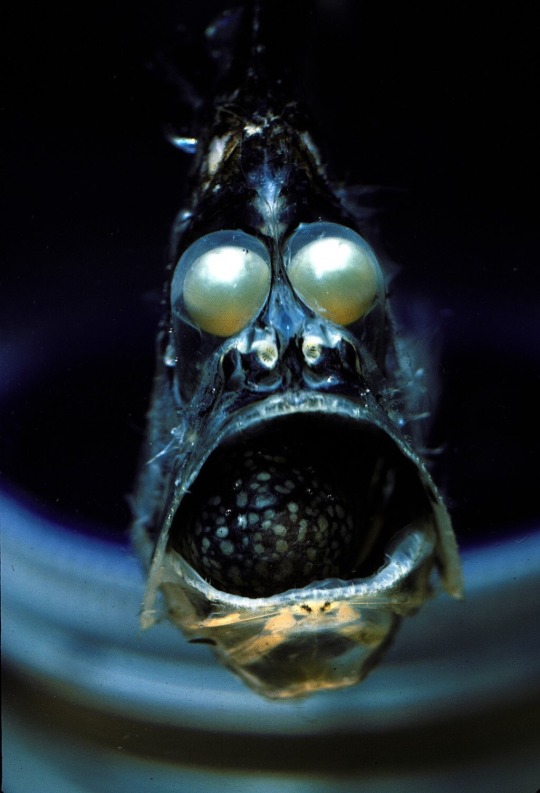
🌊 Hatchetfish - they’re actually really fun at parties
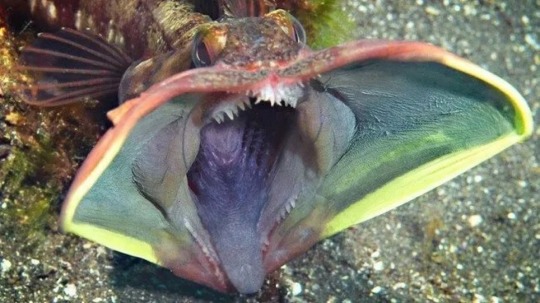
🌊 The Sarcastic Fringehead - cool outfit, horrible personality

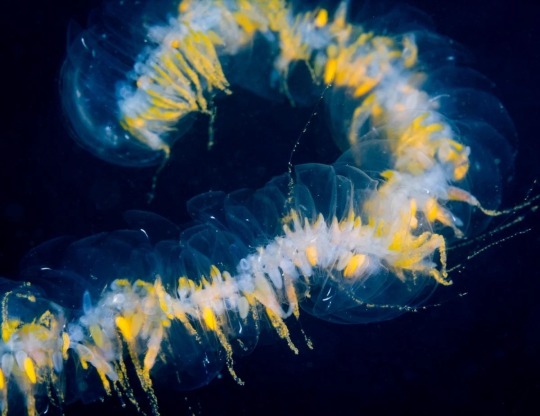
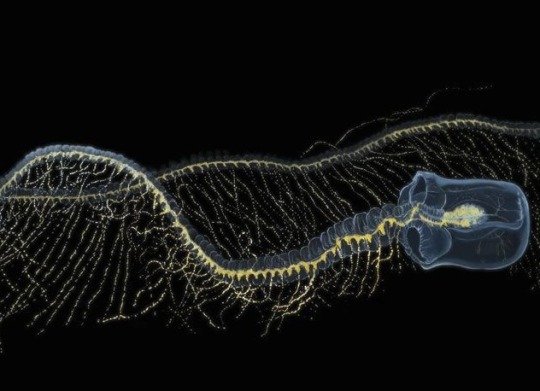
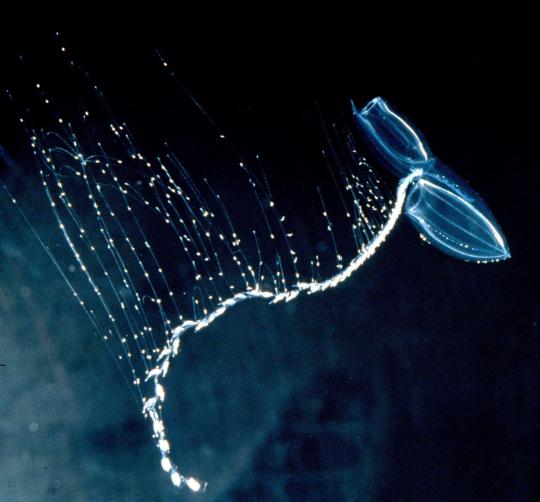
🌊Siphonophores - asexual, mostly keep to themselves
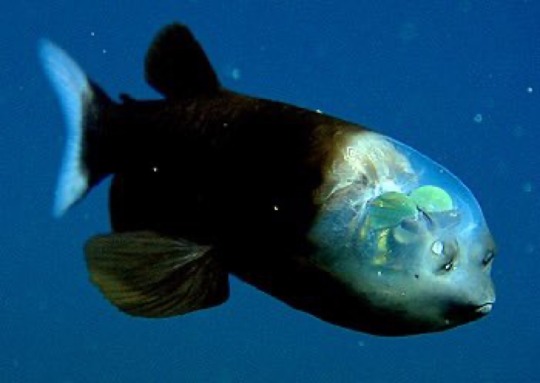
🌊 Barreleye fish - lights on but no one’s home
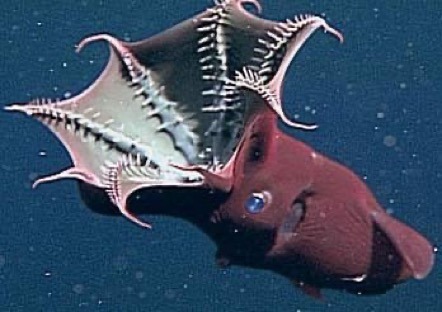
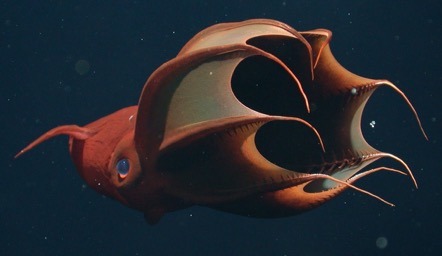
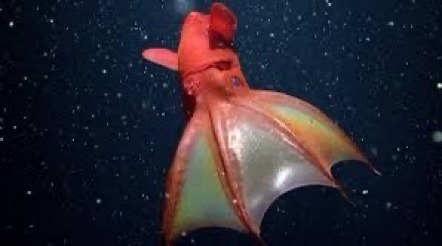
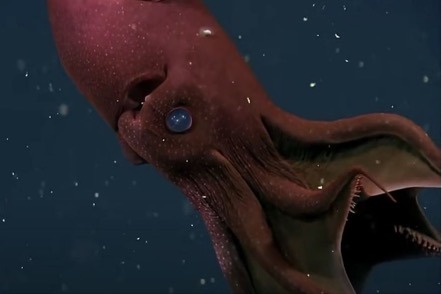
🌊 Vampire Squid - I’m weak for those blue eyes
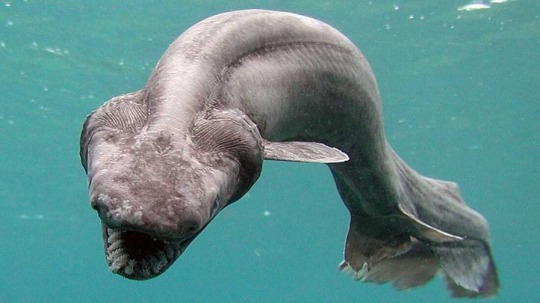
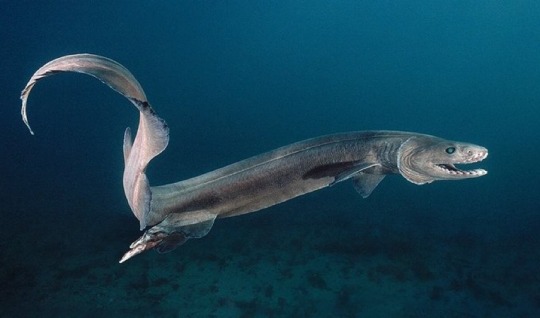
🌊 The Frilled Shark - excellent hugger

🌊 Giant Isopod - always plotting
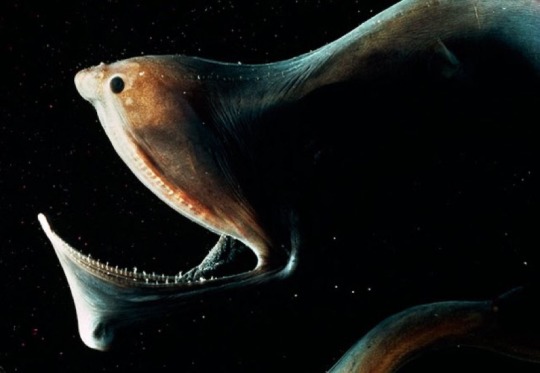
🌊 The Umbrella Gulper Eel - bet he’d beat Joey Chestnut in a hot dog eating challenge any day
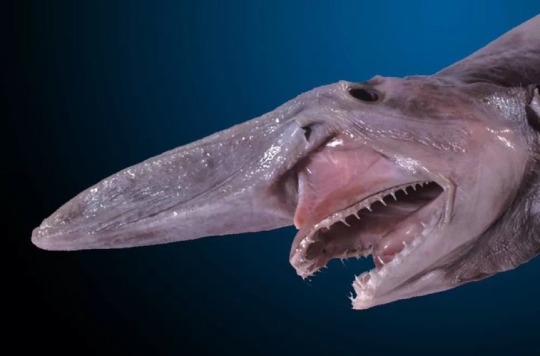
🌊 The Goblin Shark - sensitive about the size of his nose

🌊 Deep Sea Anglerfish - this is a female, the males are tiny little guys that latch onto the females by biting them, they then meld with the female and basically become a spare set of gonads so the female can reproduce as she pleases. Love that for her
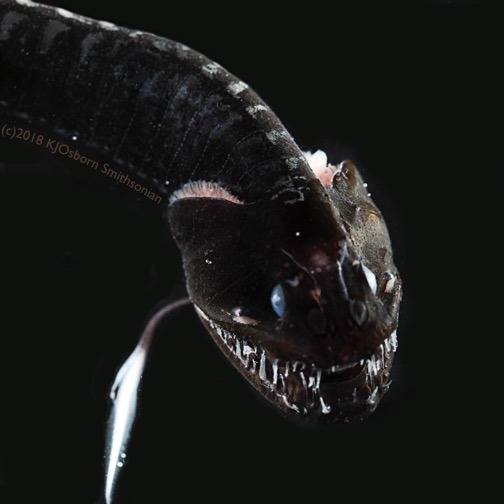

🌊 The ultra black Pacific blackdragon- soul eater
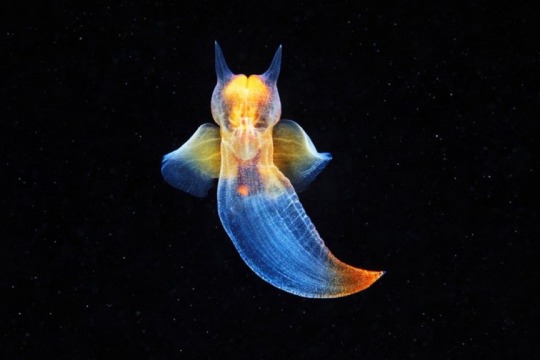
🌊 We’ll end it with the Sea Angel who was captured on film living under the ice of the White Sea in Russia
#Beloved deep sea critters…#Deep sea telescope fish#Hatchetfish#Sarcastic fringehead#siphonophore#barreleye fish#Vampire squid#frilled shark#giant isopod#umbrella gulper eel#Goblin shark#deep sea anglerfish#Pacific blackfish#Sea angel
3K notes
·
View notes
Text

scratchy fish
#the ink is interestingly 3d in person#also the writing is standard galactic#mostly misspellings of the fish's names#barreleye#hatchetfish#lamprey#fish#my art
1 note
·
View note
Text
My itty bitty black wing hatchetfish, chowing down on micro pellets and squabbling like a flock of pigeons.
#fish friends#fishblr#aquarium#hatchetfish#black wing hatchetfish#planted aquarium#planted tank#aquariumbler
0 notes
Text
The Modern Alchemist
By Arjuwan Lakkdawala
Ink in the Internet
It is said that the arrow of time always travels in one direction, time and the events that unfold in it are linear. The First Law of Thermodynamics states that the energy in the whole observable universe is the same, except it changes its state, like when you burn firewood and it turns to smoke. The Second Law of Thermodynamics states that Entropy increases and is irreversible, like when you break an egg, and that systems always go from orderly to disorderly.
And then there is the matter of reaching equilibrium, like when you pour milk into a cup of tea, the milk will flow through it till it is evenly spread.
When scientists study any phenomena, the wisest know that the main objective should be to find principles and laws about how a certain entity, or system functions, this is very difficult, and could be considered the greatest secrets of the world as we know it.
Why the fundamental laws are so elusive and mysterious we don't know, but it is clear that whenever scientists were able to establish (even if to a certain percentage) a law or principle, it was a catalyst for inventions, technology, and scientific developments.
The history of scientific studies dates way back to a branch of the science of the time called 'Alchemy" originating from the Arabic 'Al Kimia." In present day Arabic the word means 'Chemistry.'
Historical records state that Alchemy very likely started in Egypt and Arabia, and then the knowledge was passed down to Rome and ancient Greece, and then to the west. However, whatever were the scientific endeavours of the original Alchemists, it became generally indistinguishable from the other non-scientific ideas and theories that are part of Alchemy.
Western medieval Alchemists had three priorities; Find the Philosopher's Stone - which they believed has supernatural powers, find the Elixir of life and youth - possibly using the stone, transform common metals into silver and gold.
While these are fantastical aspirations, somehow the experiments that the ancient Alchemists did with the elements, was the start of sciences like pharmacology, metallurgy, and chemistry.
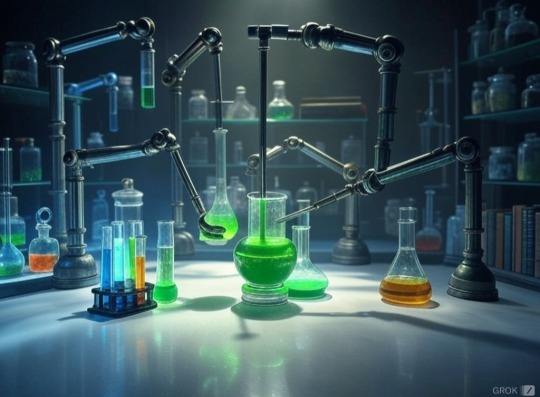
I do think there is a linear learning connection throughout the past centuries, and into the future, perhaps a pattern of the methods of discoveries, or fragments of information that will fit together like pieces of a puzzle.
In this century scientists and thinkers are the Modern Alchemists, and chemistry is the real scientific Alchemy.
But do we still try to attain things that seem on the boundaries of the supernatural - while I was going through the collection of H.G. Wells books, I read The Invisible Man, a masterpiece like his previous books that I have read.
(Spoiler Alert)
In the science fiction story he explains invisibility through chemistry, and I have seen various movies with similar ideas, the most memorable to me is the beloved Walt Disney classic: 'Now You See Him, Now You Don't,' and the Hindi classic: Mr. India.
In the first it is invisibility through chemistry, and in the second it's invisibility through the bending of light.
The two movies sum up the whole business of hypothetical invisibility by light and chemistry.
My interest sparked by Wells and the movies, I found invisibility really interesting to explore scientifically and I did a web search.
A 2022 Big Think article came up in the search, titled: 'Invisibility Cloaks Are Not Just Possible, But Are Becoming Reality'
Feels like the quest for the Philosopher's Stone, or the Elixir of Life (Modern Alchemists at work)
Perhaps this is a pattern of human curiosity that won't stop even at what appears (or literally doesn't appear) impossible.
The writer mentions science fiction invisibility in Star Trek, and goes on to explain a scientific project involving cutting edge technology, materials, and lenses.
The aim of the project is to combine "Metalenses with Metamaterials"
Metamaterial will be engineered using nanotechnology to bend light, while the Metalense will pace the wavelenght speed of each colour of light (invisible in white light) to appear again as white light after passing over the Metamaterial.
To give a more precise description:
The reason is that each colour of light has its own speed, and this is why a prism is shaped to split white invisible light into a rainbow because they don't travel through the prism at the same speed. The Metalense will balance the speed to equilibrium and so it will appear as white light again.
When travelling in a vacuum the different wavelengths of light can travel at the same speed but not when going through a medium.
We are in 2024 so I'm guessing the "invisibility cloak" which I think will be like the one in Harry Potter, is still in the making, pretty much like Alchemists trying to turn common metals into gold.
When it comes to nature camouflage is the closest thing to invisibility so far discovered.
The relation of colours, wavelengths of light, and nano structures will require volumes of books, but I have a few fascinating brief examples. The colour blue that we see is an illusion caused by nano structures, and most of the time in nature when you see blue it is iridescence, and not a pigment, it generally doesn't exist as a pigment like the other colours.
Bats hunt moths with radar like sound waves that detect them, so to counter this there are moths with hairy coating which deflect the sound waves - making it invisible to the bat.
In technology stealth planes are designed to deflect radar detection like moths, so they are invisible to radars.
However, I found more astonishing than all this was the creation of light by chemistry; such as bioluminescence and chemiluminescence. The first happens in living things, and the latter in non-living.
Light of this type is 'cold light' (very low heat.)
But how is it used for camouflage - well here comes the Hatchet Fish, it has organs that create light and point downwards, so that its silhouette against the surface of the ocean is camouflaged (in this case called counterillumination) as sunlight, and predators swimming below cannot distinguish it. Organs like these are called 'photopores.'
Another sea creature the Brittle Star uses the bioluminescence it can make in a rather ingenious type of camouflage or a decoy, that is when it is threatened by a predator it detatches a glowing arm (which it can regrow) and leaves the predator following the arm while it sneaks away.
The sea cucumber detaches its luminescencent parts on other fish, so the predator follows the glowing fish instead of it.
Bioluminescence is produced by the compound luciferin; with a chemical reaction either with the enzyme luciferase or the chemical photoprotien.
An example of chemiluminescence is the element phosphorous, officially discovered by the German alchemist Hennig Brand in 1669, when he was trying to create the Philosopher's Stone, he named the element from the Greek meaning "bearer of light" because it glowed. White phosphorous is highly flammable and toxic.
Glow-in-the-dark toys and products have phosphor. How it glows is like this: when light is shone on phosphor, its electrons get excited and are dislodged from their 'ground state' to 'intermediate state' and when they return to the ground state the energy of this is emitted in the form of the glow, it is more precisely termed 'electroluminescence.'
Arjuwan Lakkdawala is an author and independent science researcher.
X/Instagram: Spellrainia
Email: [email protected]
Copyright ©️ Arjuwan Lakkdawala 2024
Sources:
Flights of Fancy by Richard Dawkins
Big think - invisibility cloaks are not just possible, but are becoming reality, ethan siegel
Royal society of chemistry - what is alchemy
NIH - National institute of general medical sciences, biomedical beat blog, phosphorous: glowing, flammable, and essential to our cells, abbey bigler-coyne
Britannica - philosopher's stone, written and fact-checked by the editors of Encyclopaedia Britannica
Britannica - alchemy, pseudoscience, robert p. multhauf, robert andrew gilbert,
Fact-checked by the editors of Encyclopaedia Britannica
Ocean conservancy - here comes the hatchet fish, billy unotti, former communications assistant
National geographic, bioluminescence
Science direct - chemiluminescence, and overview,
Science world, chemical light reactions
Secondary article, the science behind glow-in-the-dark toys
#sciences#alchemist#alchemy#mr india#now you see me now you dont#science#Arjuwan Lakkdawala#ink in the internet#bioluminescence#chemiluminescense#electroluminescence#glow in the dark#phosphorous#the philosopher's stone#invisibility cloak#metamaterial#metalense#hatchetfish#walt disney#now you see him now you dont
0 notes
Note
"Happy holidays Floyd, I got bored and made too many cookies, so have some :]" -🪓
OOOH COOKIES thank you :3 also happy holidays
1 note
·
View note
Text

Looks like the artist referenced deep sea hatchetfish for these ghouls. Neat!

Fantom Vol.2 #21 - Ediciones Vertice, Spain, 1976. Cover art by Rafael López Espí.
32 notes
·
View notes
Text

Hatchet fish By: William H. Amos From: The Fascinating Secrets of Oceans & Islands 1972
#deep sea hatchetfish#stomiiform#bony fish#fish#1972#1970s#William H. Amos#The Fascinating Secrets of Oceans & Islands
109 notes
·
View notes
Text

seawinfs
left to right - hatchetfish, prince kodymirus, six-gill, jayakar, prince leviathan
#again. wof fanfic#terror of talons#wof#wings of fire#wof art#wof oc#seawing#rave art#hatchetfish wof#kodymirus wof#six-gill wof#jayakar wof#leviathan wof#wings of fire art#wings of fire oc
266 notes
·
View notes
Text

Part 4 of the marine cabinet of curiosities

#argyropelecus#deep-sea hatchetfish#linocut#block printing#printmaking#linoprint#marine life#sea creatures#marine cabinet of curiosities
65 notes
·
View notes





